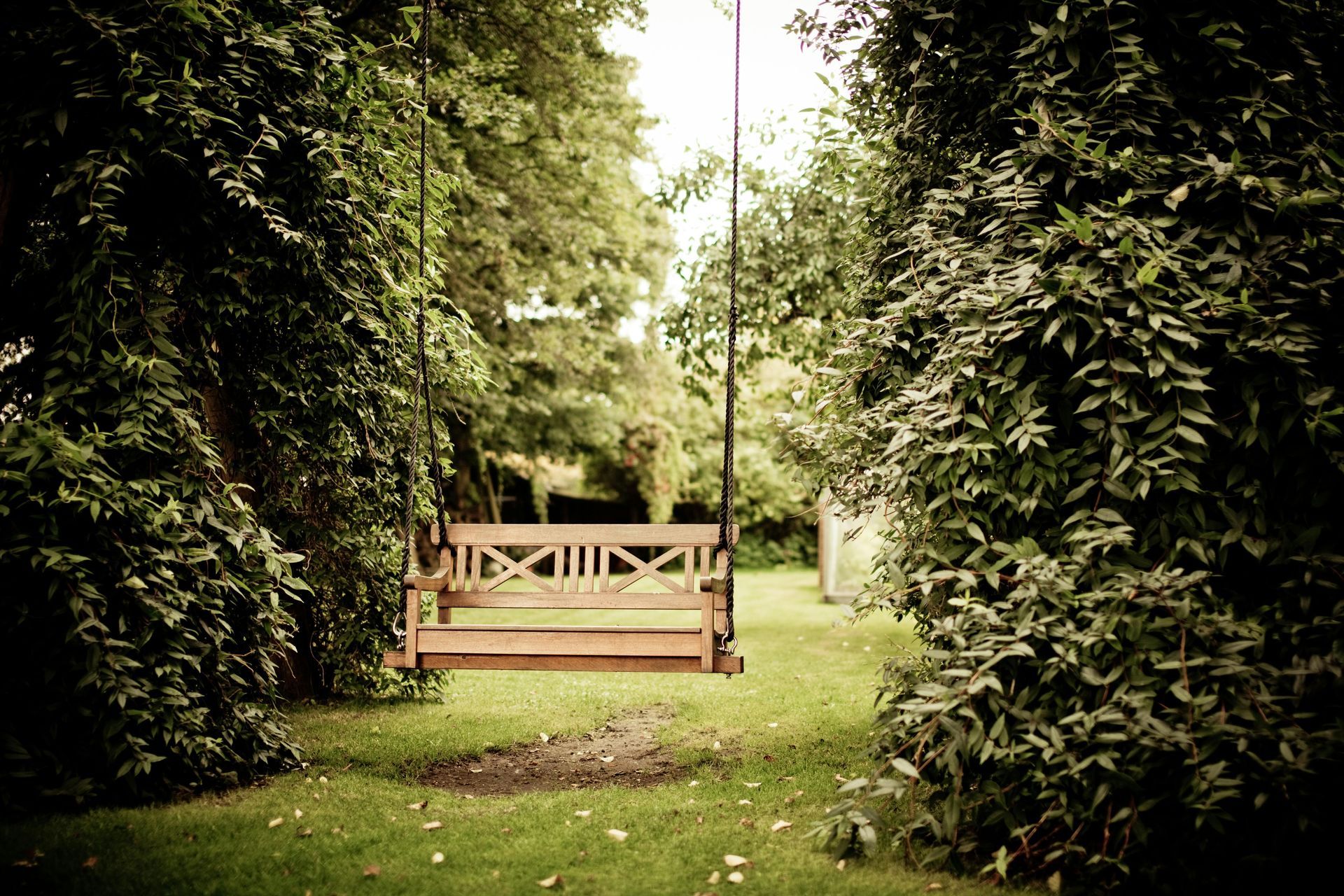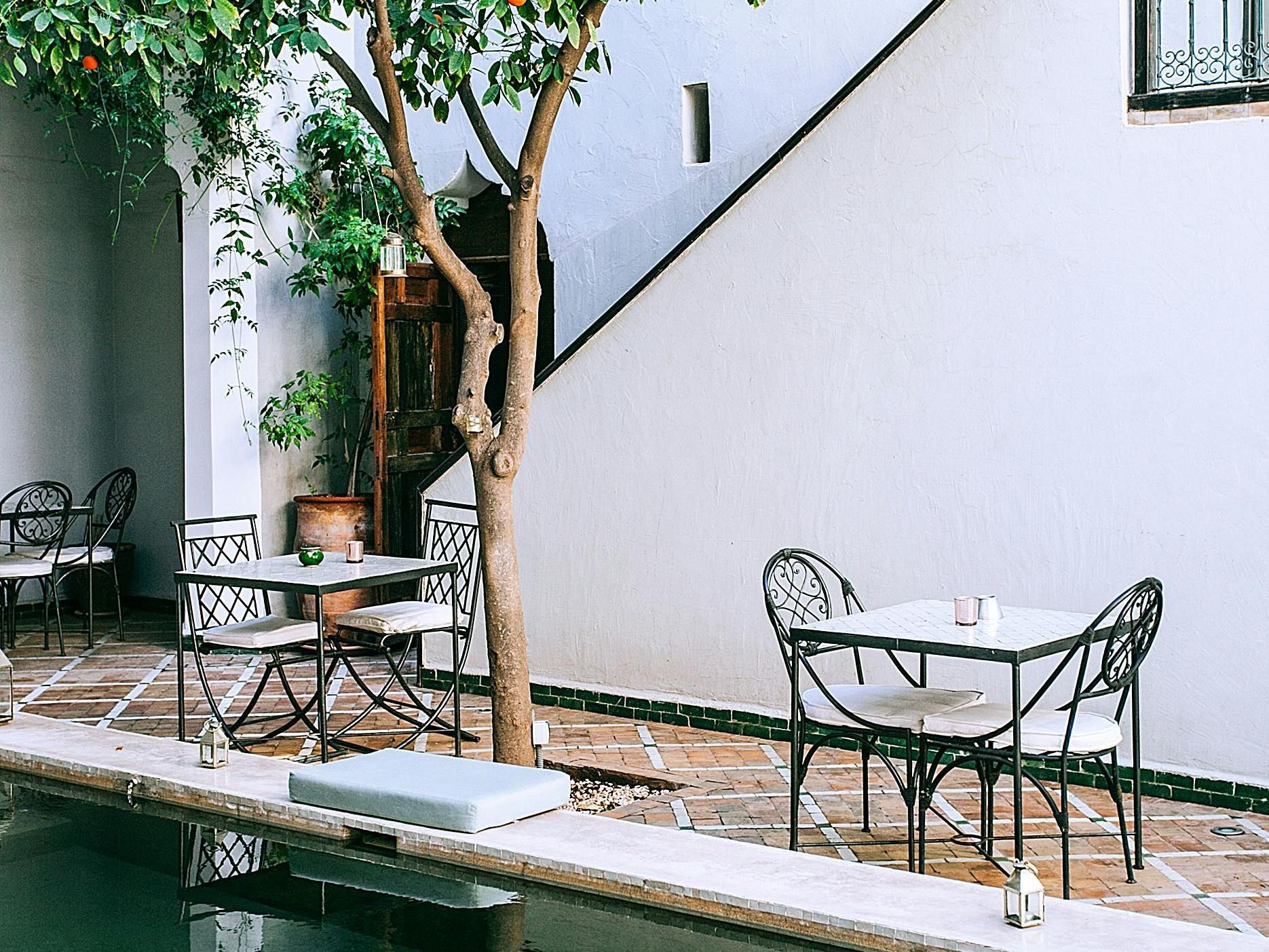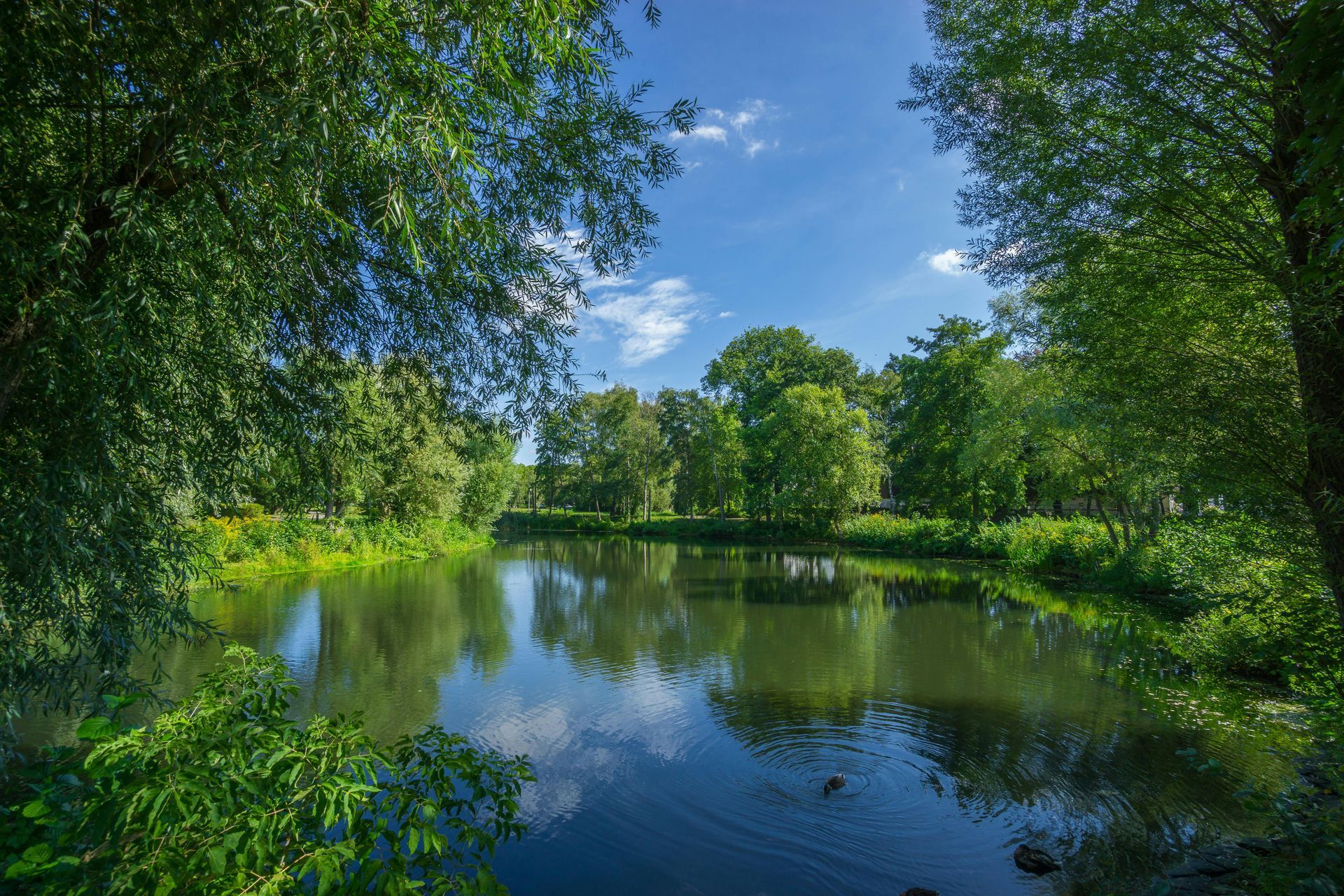Episode 30 - Peter Massini (Future Nature Consulting)
Navigating Biodiversity Net Gain: Insights from an Urban Ecology Expert
About the podcast...
In this episode of the Biodiversity Podcast by Teasels, the host welcomes Peter Massini from Future Nature Consultancy. Peter introduces himself as an urban ecologist with a background in green infrastructure, focusing on policy work in London after starting his career in nature reserves. He describes his journey from fieldwork to influencing urban planning policies, culminating in his role with the Greater London Authority. Peter emphasizes the importance of involving people in nature conservation and the necessity for policies that integrate green spaces into urban developments.
They delve into the complexity of Biodiversity Net Gain (BNG) metrics, highlighting how policies originally aimed at major developments have impacted small sites. Despite its benefits, BNG has proven to be overly cumbersome for small developments, requiring the same rigorous process as major projects. Peter discusses the inefficiencies and disproportionate impacts on small developers, suggesting that more straightforward approaches like tariff systems could be more effective.
Transcribed podcast
In a recent episode of the Biodiversity Podcast by Teasels, Peter Massini from Future Nature Consultancy sat down to discuss the evolution of urban ecology and the impact of Biodiversity Net Gain (BNG) policies. With a rich history in urban ecology and green infrastructure, Massini provided insights into the challenges and opportunities presented by BNG, especially concerning small site metrics.
Understanding Urban Ecology and Green Infrastructure
Peter Massini, an urban ecologist deeply involved with London's green infrastructure, shared his journey from hands-on habitat management to the strategic development of urban greening policies. His work with the London Wildlife Trust and other organizations highlighted the critical role of engaging people in nature conservation.
Massini emphasized the shift in focus from merely protecting spaces to integrating nature within urban developments. This approach, as he noted, aligns with broader objectives like addressing climate change and enhancing public health.
Challenges with Biodiversity Net Gain
Delving into BNG, Massini explained its emergence as a mandatory requirement and its implications for urban and small site developments. While BNG aims to offset environmental impacts, he noted the disproportionate burden it places on small sites. The process, described as "over-engineered," applies the same rigorous metrics to minor developments as it does to large-scale projects, leading to inefficiencies and potential delays in planning processes.
Massini's observations were echoed by his engagement with local planning authorities, who struggle with the additional workload BNG introduces without sufficient resources or guidance.
The Role of Policy and Markets
Massini drew attention to the market-driven nature of BNG, which encourages private entities to create habitat banks. While this system has its benefits, it also risks prioritizing profit over genuine ecological restoration, potentially leading to management challenges if habitat banks face financial instability.
He argued for a more nuanced approach that balances market mechanisms with regulatory oversight to ensure long-term habitat viability.
Optimising Urban Greening
Despite the challenges, Massini remains optimistic about the role of urban greening. He advocates for policies that integrate environmental objectives, suggesting that developments should focus on creating vibrant, healthy spaces predominantly for people, with wildlife integrated where feasible. This perspective, aligned with the principles of the urban greening factor, underscores the need for adaptive strategies that consider the unique contexts of urban environments.
Looking Forward
The conversation with Massini highlighted the dynamic interplay between policy, market forces, and ecological objectives. As BNG continues to evolve, the insights from experienced practitioners like Massini are invaluable. They prompt a re-evaluation of how we define and achieve sustainable urban environments that support both human and ecological health.
In closing, Massini's vision invites stakeholders to rethink current practices and innovate solutions that harmonize the needs of development with the imperatives of biodiversity conservation. As these discussions progress, they promise to shape the future of urban ecology in meaningful ways.





